Mangrove Forests – The All-Round Heroes
7 Vital Functions + 4 Unique Mangrove Facts
In honor of the International Day for the Conservation of the Mangrove Ecosystem on the 26th of July 2021 this article is all about mangrove forests: What they are, 7 vital functions, their threats and 4 unique mangrove facts that you can share with your friends.
Let’s start with the basics and the question of what mangroves are.
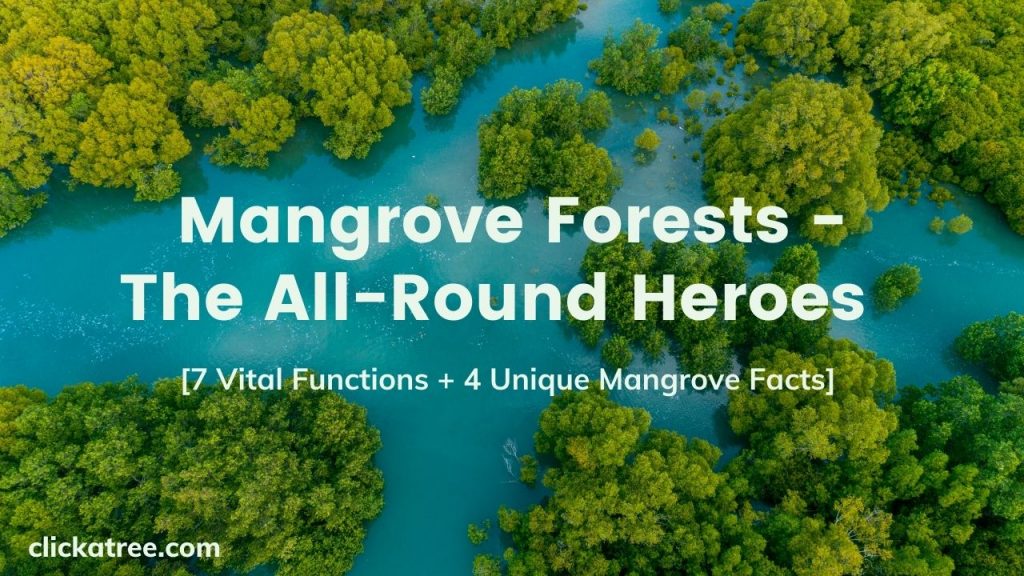
What Are Mangrove Forests?
Some might think that a mangrove is a type of tree like a birch or beech. Okay, okay, with “some” I mean myself because this is what I thought before I started working for Click A Tree.
However, I finally know better and am excited to share my newfound knowledge with you.
Mangroves are tropical plants and trees that live in intertidal environments. You will find them where the coast meets the sea or other bodies of water. Even though mangroves can live in saltwater, they don’t need it to survive.
In short, mangrove forests are the collection of trees and shrubs that are growing in intertidal zones.
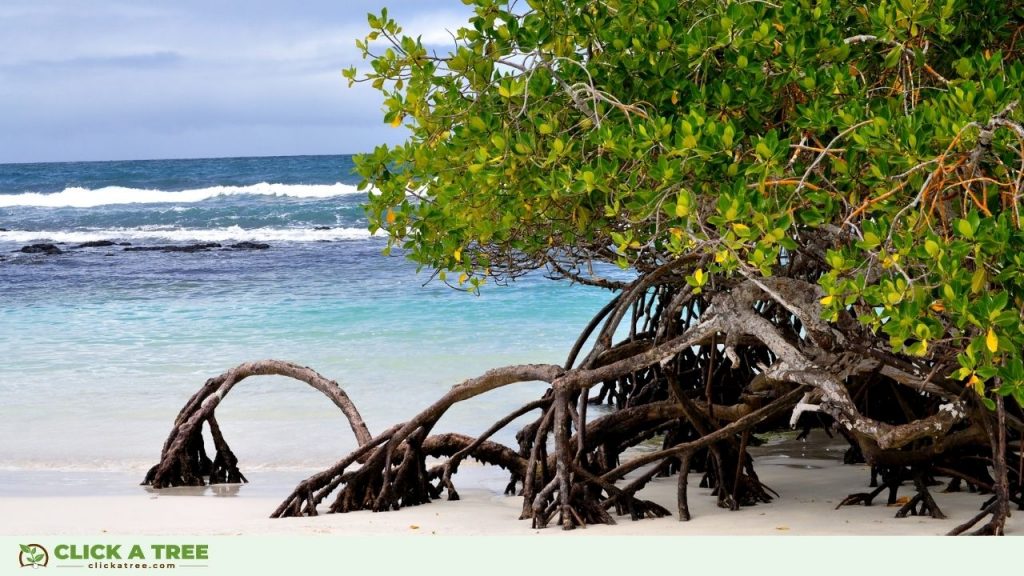
With their big roots coming out of the soil they are not only a magical sight to look at, they also come with tons of vital benefits for humans, marine and wildlife, and the planet as well.
7 Vital Functions of Mangrove Forests
1. Protecting the Coast
Mangroves create natural storm barriers as they reduce erosion caused by storm surge, waves and currents. Therefore, they protect everything that lies behind them: from people to their homes to wildlife.
2. Preventing Flooding
Mangrove forests reduce the risk of flooding by absorbing water from heavy rains and storm tides.
3. Protecting Underwater Life
Many of our water friends need mangrove forests to survive. The water surrounding the roots is rich in nutrients and it’s safe for juvenile life. Milkfish and prawns, for instance, spend their nursery life here, protected from predators.
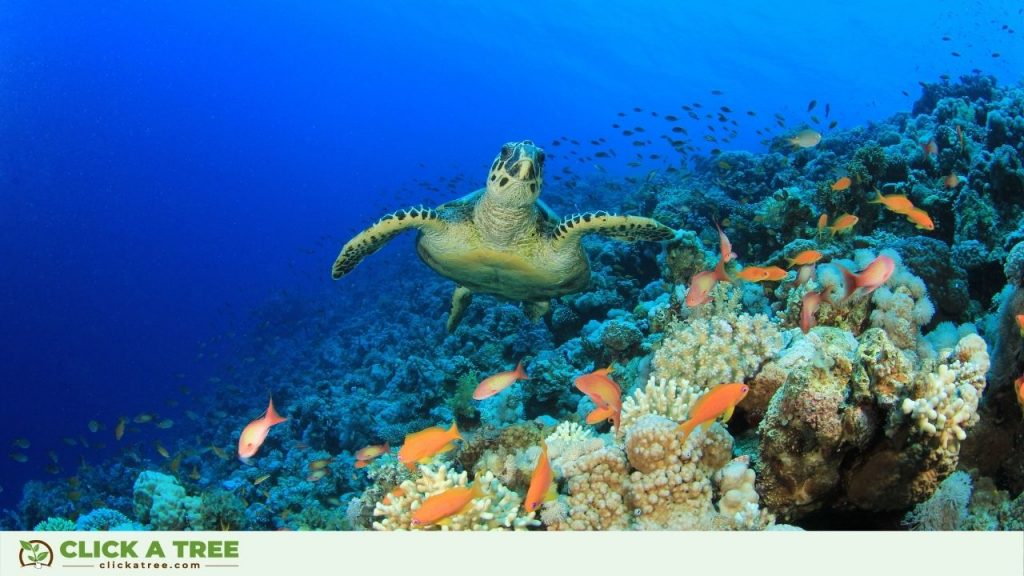
4. Creating a Home for Wildlife
But also on land they provide a shelter for wildlife. Just in the Philippines, where Click A Tree plants mangrove trees (more on that in the next section), there are more than a hundred mammals and over 170 bird species that aren’t found anywhere else in the world. We believe that this is worth protecting, don’t you?
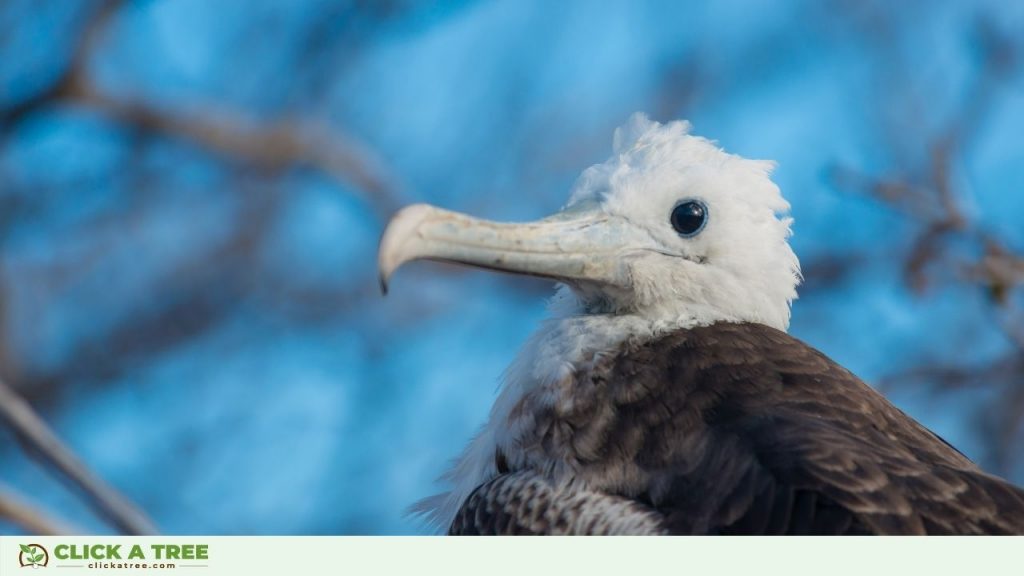
Already convinced that it’s important to create mangrove forests? Then plant a tree right now:
5. Reducing Pollutants
As mentioned in the first point, mangrove trees create a natural storm barrier, but not only that, their roots also remove pollutants and sediment before it can reach coral reefs and seagrass meadows.
6. They are Climate Heroes
They are some of the most valuable carbon sequesters on our planet. We’ve kept our calculations conservative. But the average mangrove tree absorbs roughly 300kg of CO2 over 25 years.
Thereafter, they absorb 25kg a year – and that doesn’t even take into calculation all the baby mangrove trees that join the party over the years.
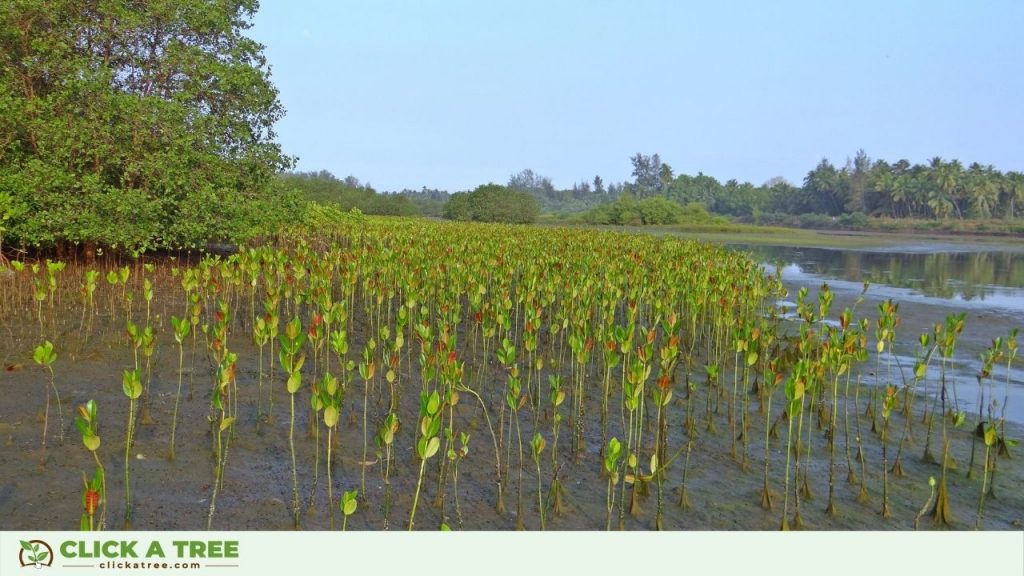
7. Creating Jobs and Opportunities
To plant trees means to create jobs and opportunities for people. At Click A Tree we pride ourselves on working with full time employees. We believe that creating forests shouldn’t only be charitable but should also get rewarded.
Our team at the tree planting location not only plants the trees but also takes care of them to give them the best surviving chances. That’s why our mangrove trees have an incredible survival rate of 93%. Amazing, right?
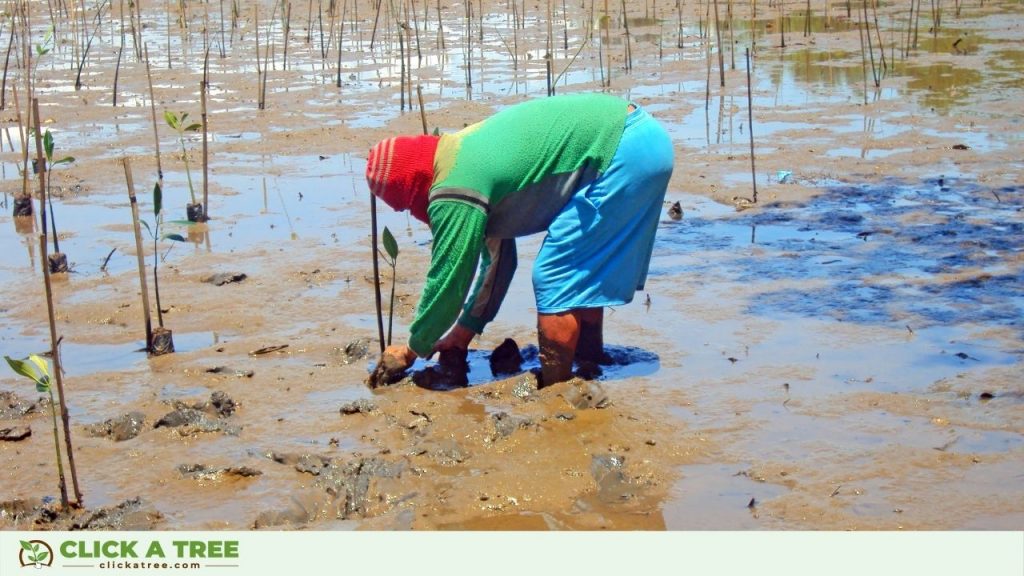
Now, to the sad part. Even though mangroves have so many awesome and vital benefits, the size of mangrove areas are shrinking. Learn more about the eye-watering amount of deforestation and the threats of mangrove forests.
Are we friends on social media yet? Pssst…we have a surprise coming up this month. Follow us on our social media channels to find out what it is.
Threats of Mangrove Forests
Globally around a third of mangrove forests have been destroyed since 1980¹. The main causes for the loss of these forests are human made:
Trees are removed to improve beach quality and to build tourism-focused resorts. But trees are also removed because they’re incompatible with the many shrimp farms in operation (harmful chemicals are used in the farm waters). Swamps are drained as well, meaning that mangrove trees are removed to create space for human settlement.
Because there is no stopping in sight, forests don’t get a chance to take their natural course and rebuild themselves. That’s why our mission is to restore native tree species, create habitat and provide full time employment with a fair salary.
Do you want to be a part of our mission? Help us create habitat and jobs by planting trees in the Philippines.
Where Click A Tree plants Mangroves
Our tree planting in the Philippines takes place on Mindanao Island, the second biggest in the country. To give that some context, Mindanao is just slightly larger than the European nation of Portugal, or the US state of Indiana.
Specifically in Balete Bay, near Sleeping Dinosaur Island¹. Sounds exotic, right? Like much of the Philippines, it’s naturally green. In years to come, there’s going to be even more greenery and wildlife as a result of tree-planting.
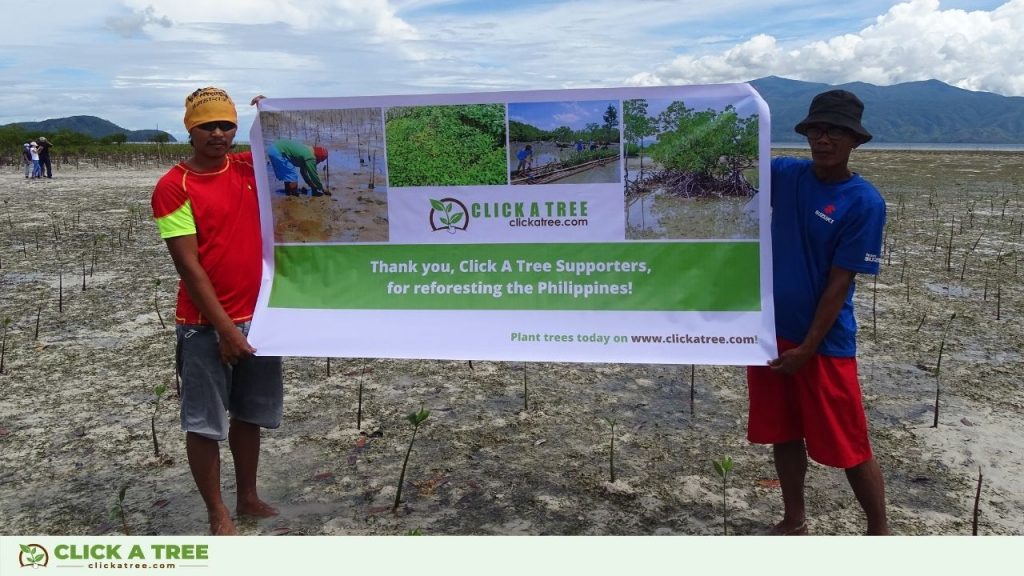
On top of planting mangrove trees in the Philippines we also collect 1 kg of plastic from the ocean for every tree planted. Two wins for the planet and its inhabitants!
Find out more about our project in the Philippines here.
Want to impress your friends with nature knowledge? These 4 mangrove facts will help you with that!
4 Unique and Amazing Mangrove Facts
1. Friends of Salt
They are the only tree species that can tolerate saltwater. If they take in too much salt, they simply excrete it through their leaves.
2. A Safe Haven for Underwater Life
The underwater roots and branches create a safe space for underwater life including many types of fish, crab, shrimp, and other crustaceans.
3. Mangrove Species: Same Same But Different
Scientists and researchers are not able to agree on the number of species, as one has to differentiate between a true mangrove and a mangrove associate.
A mangrove associate tolerates saltwater but lacks other characteristics a true mangrove has. So, depending on what you consider to be a mangrove, there are estimated to be between 54-80 mangrove species ².
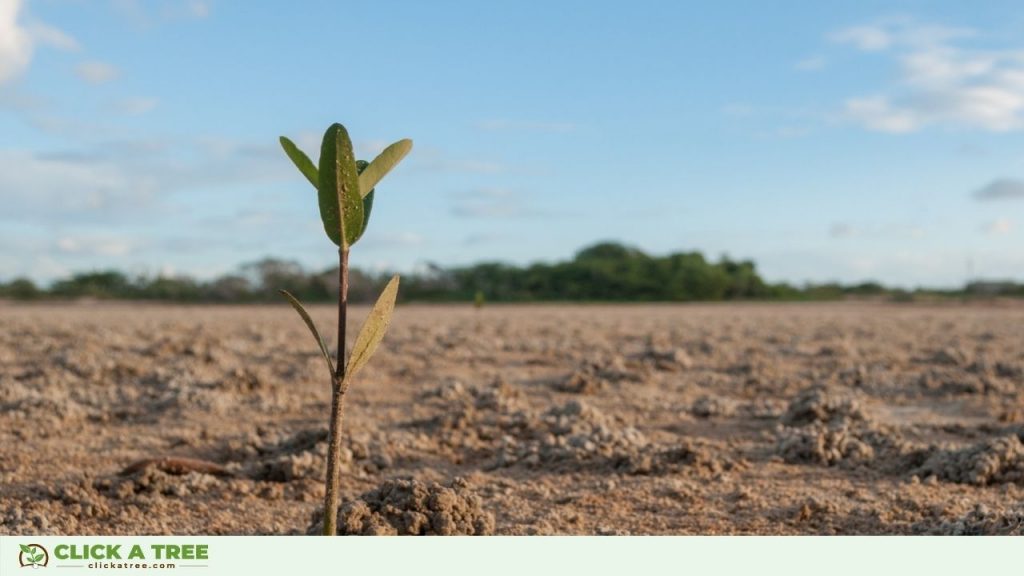
4. They come in different shapes and sizes
One fascinating facts is that mangrove species come in all kinds of shapes and sizes. Starting from small shrubs to tall trees reaching up to 63 meters (around 200 feet) ³.
Celebrate the International Mangrove Day with your friends
Share this article with your friends and family and let them know all these cool facts and functions of mangrove forests. The more people know how important mangroves are, the better our chances of creating big and beautiful mangrove forests.
Want to do more? We got you. Plant a tree in the Philippines from the comfort of your home. Creating forests and habitat doesn’t get easier than this.
Sources:
¹ https://www.wwf.de/themen-projekte/meere-kuesten/schutz-der-kuesten/mangroven
² https://ocean.si.edu/ocean-life/plants-algae/mangroves
³ https://nature4climate.org/news/mangroves-seen-from-space-and-taller-than-you-might-think/